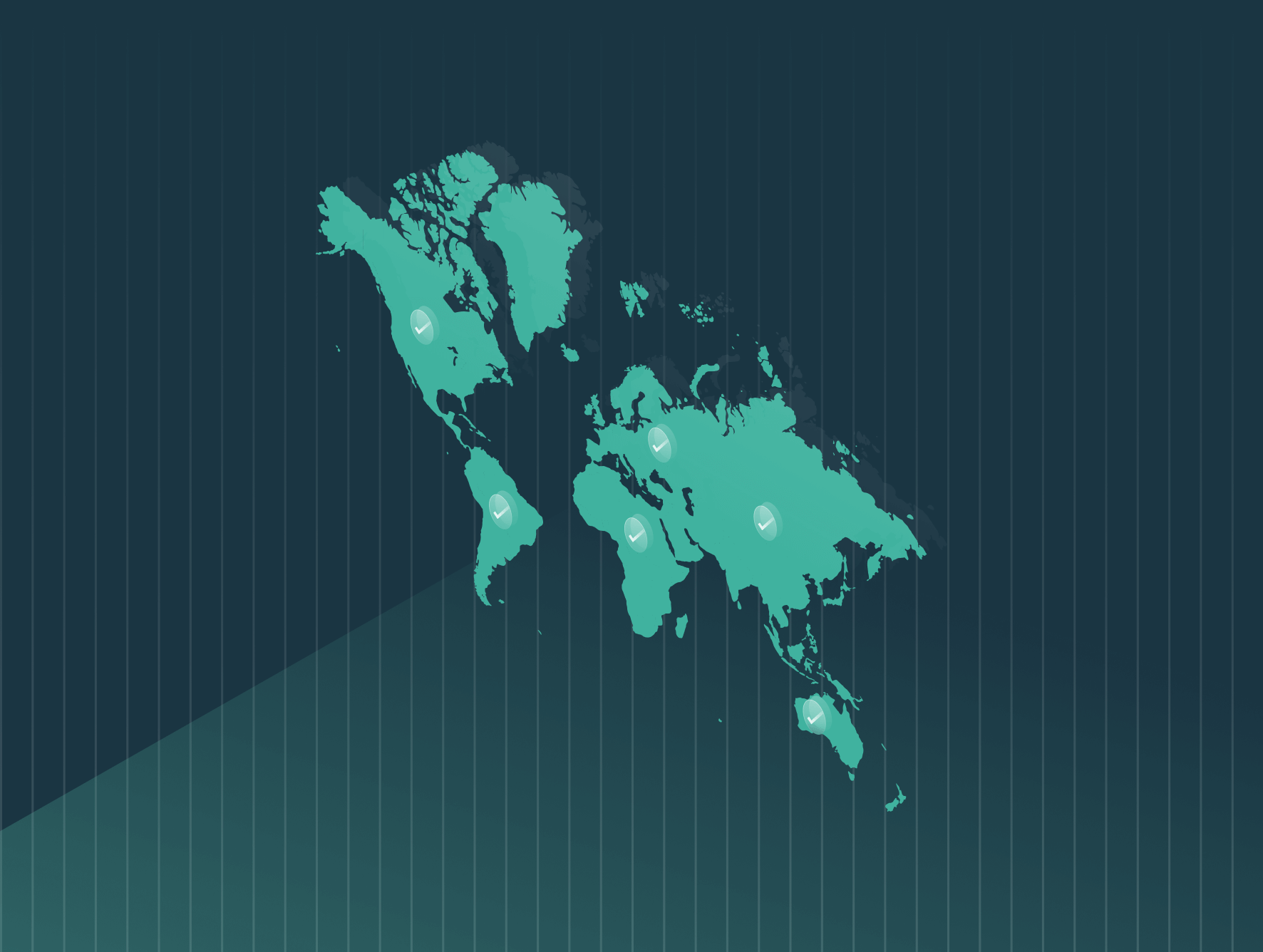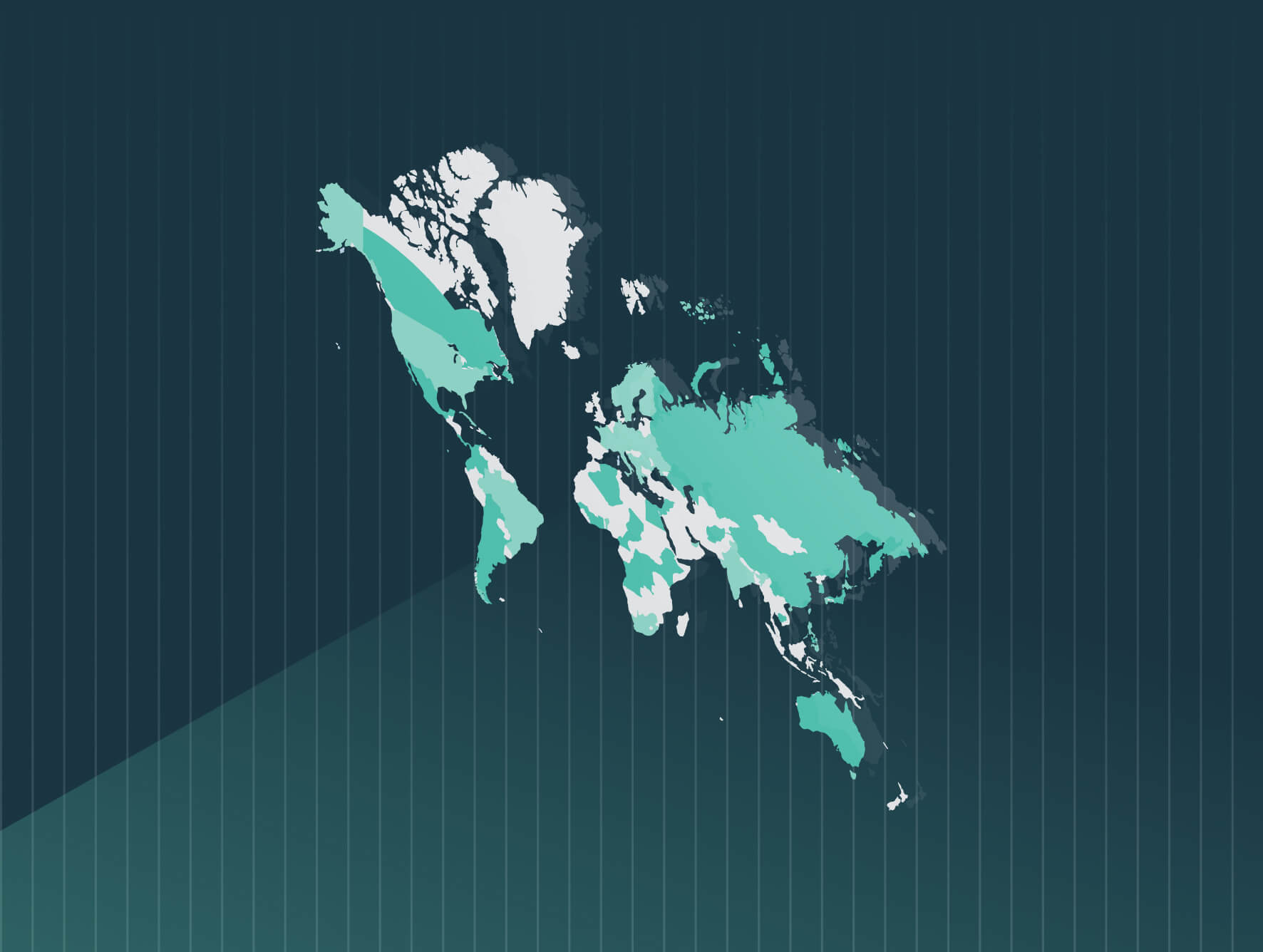Last year, Irish lawmakers passed the Gender Pay Gap Information Act 2021. The Act aims to close the pay gap between men and women by requiring employers to publish information about gender wage gaps within their organizations.
Nearly a year later, the Irish government released the regulations outlining gender pay gap reporting obligations for employers. These regulations cast a spotlight on the gender diversity, inclusion, and pay practices of all Irish employers. In fact, Ireland’s Gender Pay Gap Act has implications for employers across the globe.
Affected employers
The Act requires certain employers to first choose a reporting “snapshot date,” and then publish their gender pay gap report six months after that date.
The timeline to choose a snapshot date is based on employer size and takes effect over a three-year time frame:
- In 2022, organizations with 250 employees must comply
- By 2024, the requirements will apply to employers with 150 employees
- And by 2025, organizations with 50 employees will need to comply
Regulations overview
The regulations specify that employers’ gender pay gap reports must:
- Be posted on their website, or be made publicly available in physical form
- Be available for access for a minimum of three years
- Include a written statement explaining the reasons for any gender pay differences
- Provide measures the company is taking to eliminate or reduce any identified gender pay differences
Additionally, employers must publish the difference between the average hourly compensation of:
- Male and female employees expressed as a percentage of the mean hourly compensation of relevant male employees
- Part-time male and female employees expressed as a percentage of the mean hourly compensation of relevant part-time male employees
- Relevant male and female employees on temporary contracts are expressed as a percentage of the mean hourly compensation of relevant male employees on temporary contracts
The regulations also provide further guidance on how to calculate gender pay gap information, including definitions of key terms and detailed metrics that employers will base their gender pay gap reporting on.
The cost of non-compliance
At this time, employers do not face monetary fines for non-compliance. While the legal consequences are limited, employers do face intervention from outside agencies, as well as risks to their reputation and organizational culture.
The Workplace Relationships Commission will process and investigate employee complaints and may order employers to remedy unfair pay gaps. Further, the Irish Human Rights and Equality Commission may apply to the Circuit Court or High Court as recourse.
The growing pay transparency trend
Pay data reporting is a growing trend and an effective way of ending illegal pay discrimination. These requirements, as well as pay transparency obligations, are gaining momentum around the world. As employers begin to analyze their pay data for the first time, it’s important to not ignore or hide wage gaps but to understand why they exist in the first place – then demonstrate how they will be addressed.
In an era where workers and investors expect more, employers that proactively assess their pay practices will have an edge when it comes to employee recruitment and retention and workplace culture. Trusaic’s PayParity solution can help your organization conduct a pay equity audit and turn your findings into actionable, equitable change.








